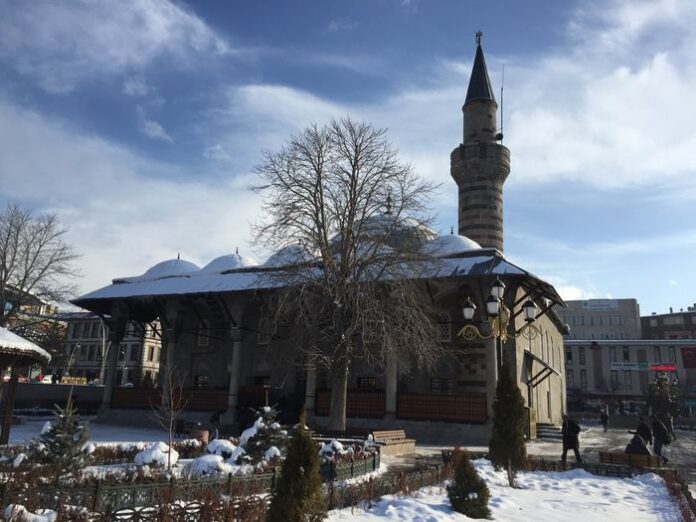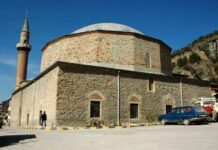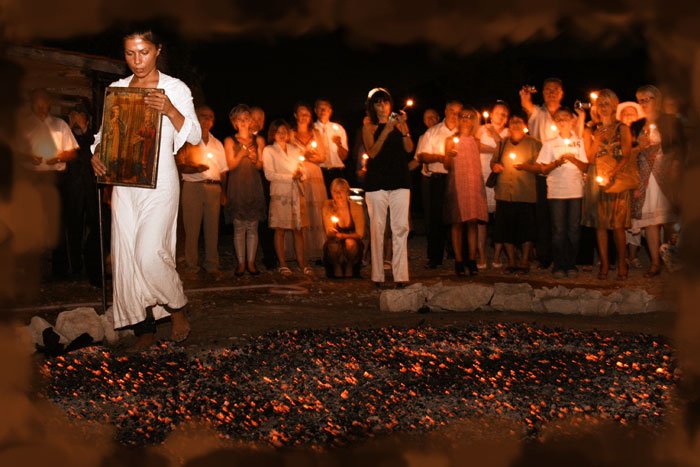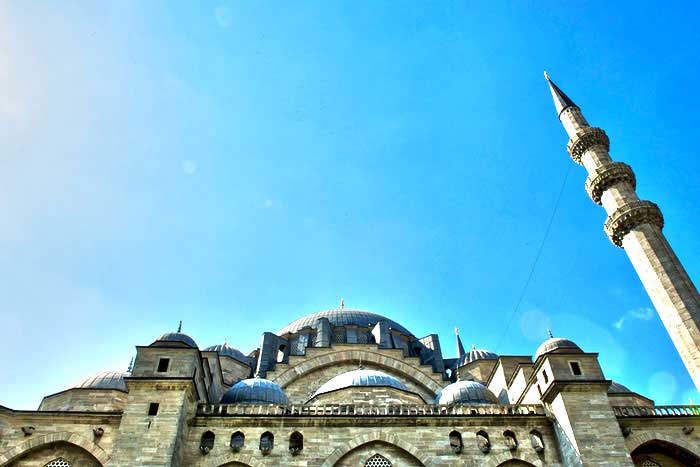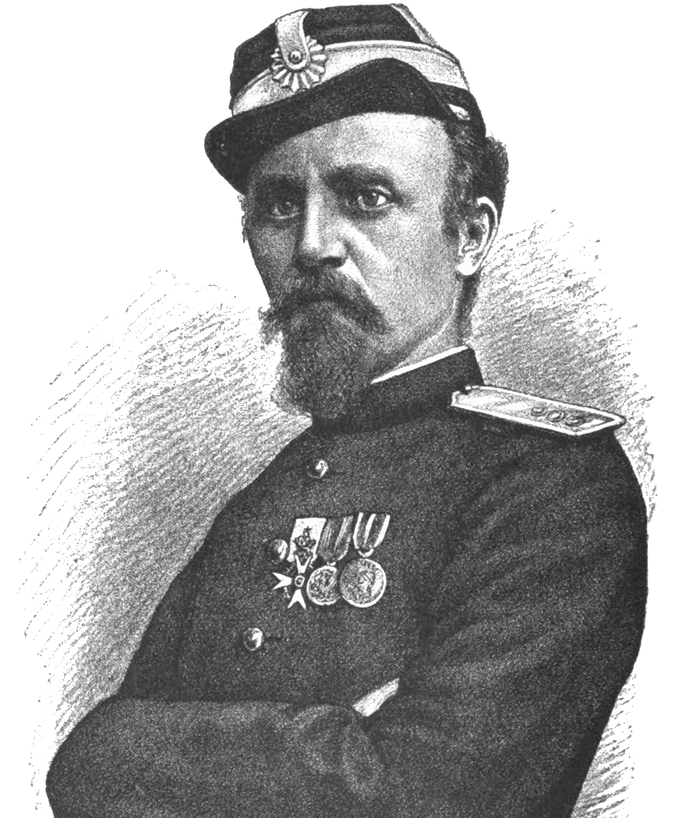Bulgaria is a mountainous country with a variety of landscapes, including mountain slopes, plains, rivers, and a long coastline along the Black Sea. Its natural geography and favorable climate make it suitable for agriculture, livestock raising, and forestry. The country produces a range of crops, including cereals, grapes, potatoes, tobacco, roses, and silkworms.
The total area of Bulgaria is 42,785 square miles, with latitudes ranging from 41°14’12” to 44°12’50” N and longitudes from 22°21’35” to 23°36’37” E Round Tours Turkey.
Population and Urbanization
According to the 1956 census, Bulgaria had a population of 7,613,709, which increased to about 8,046,000 according to preliminary 1962 data. The population density was 179 people per square mile in 1956.
The largest cities are:
Sofia (capital)
Plovdiv
Varna
Russe
Burgas
The population distribution has changed over time. In 1946, 74% of the population lived in rural areas and 26% in urban centers. By 1956, these figures shifted to 65% rural and 35% urban, reflecting growing urbanization.
Ethnic Groups and Languages
Bulgaria is mainly inhabited by Bulgarians (Slavs), who make up about 86.8% of the population (down from 91% in 1952). Other ethnic groups include:
Turks: 10.2% (6% in 1952)
Gypsies: 1.3% (2% in 1952)
Jews: 0.5% (0.04% in 1952)
Others: 1.2% (0.96% in 1952)
The main language is Bulgarian (Slavonic). Minority languages include Turkish for the Turkish population and Old Spanish (Ladino) for the Jewish population. Many members of these minority groups emigrated under the Communist regime, reducing their numbers Geography of Bulgaria.
Religion
Religion is difficult to measure accurately because the Communist government discourages religious practice. However, most Bulgarians are Greek Orthodox, while Islam is the second largest religion. There are also small numbers of Catholics, Protestants, Jews, and others. Despite restrictions, the government sometimes uses religious institutions for propaganda purposes.
Mining and Natural Resources
Bulgaria has significant mineral resources:
Coal: 20,800,000 tons (1962)
Iron: 628,000 tons (1962)
Copper: 93,000 tons (1962)
Lead and Zinc: 1,500,000 tons (1956)
Oil: 207,000 tons (1961)
Uranium output controlled by the Soviet Union
Crude oil is mainly found near Varna on the Black Sea coast and in the Pleven district, discovered in 1962. These deposits are expected to meet the country’s needs.
Mineral Springs and Tourism
Bulgaria has about 400 mineral springs, many of which are famous for their healing properties. Notable baths include Hisara, Merichleri, and Separevo, attracting visitors for health and relaxation.
